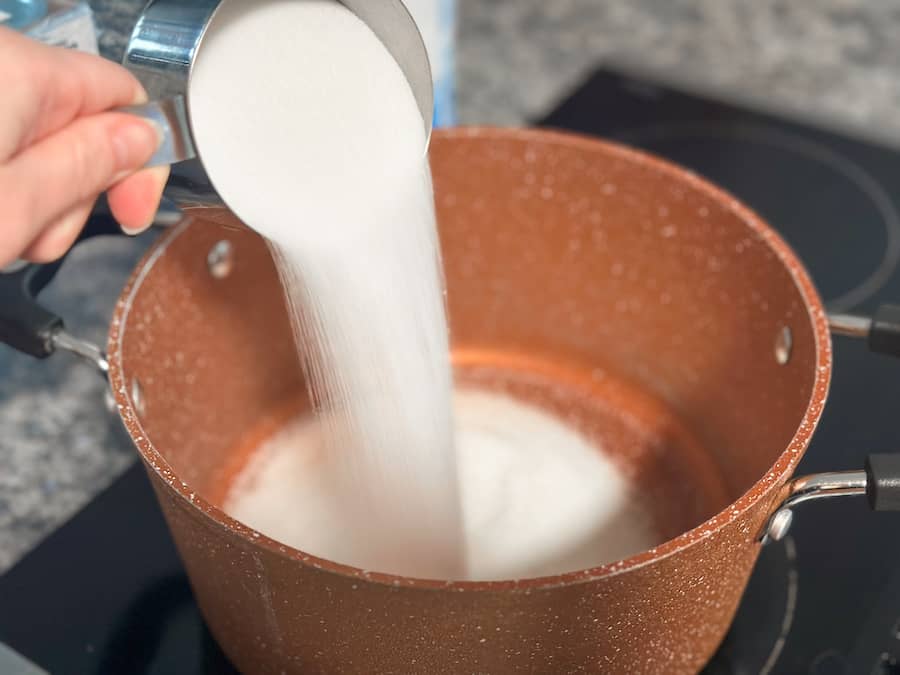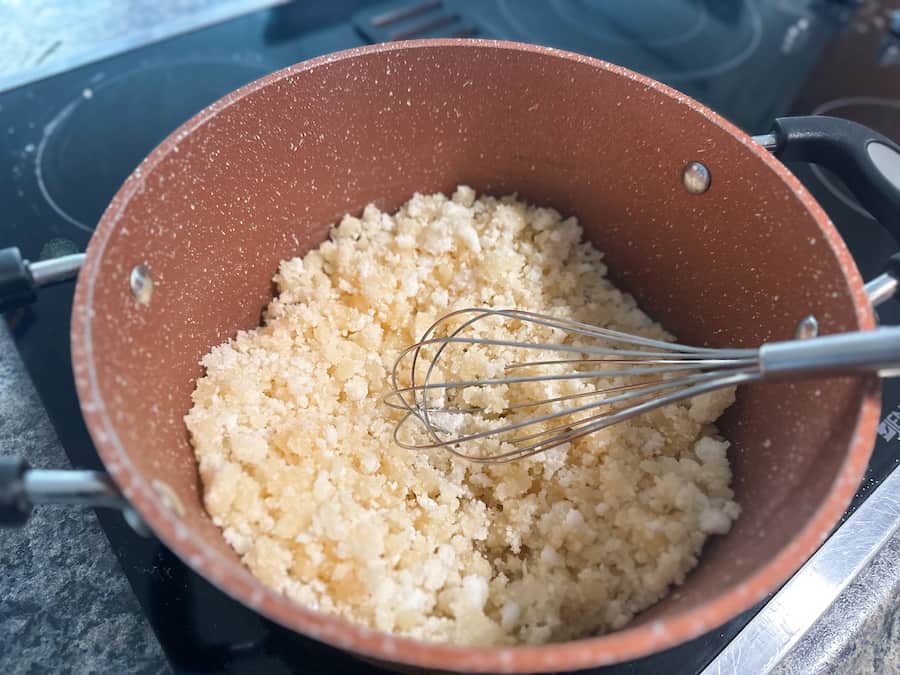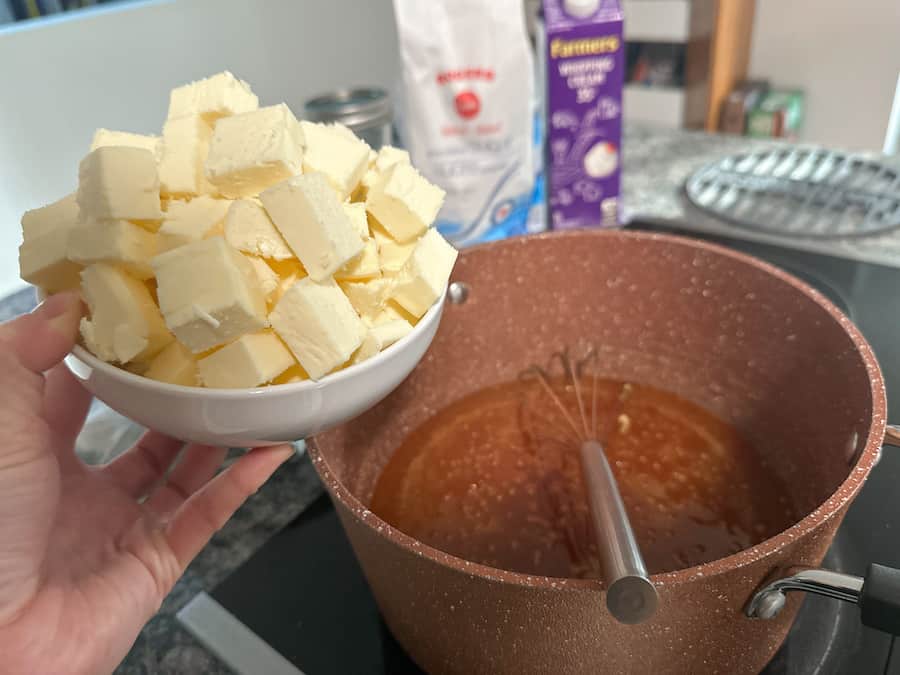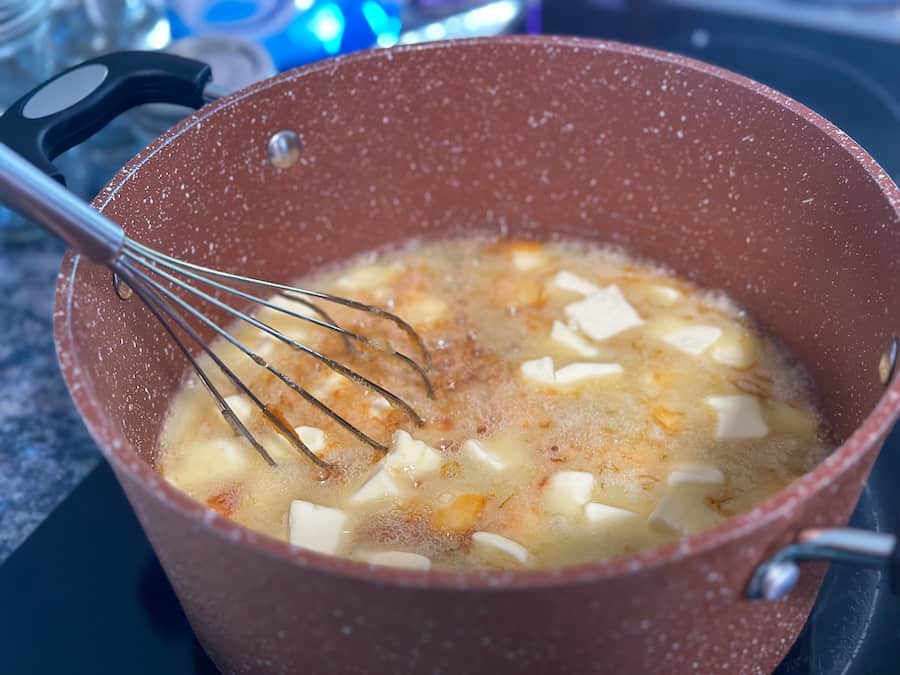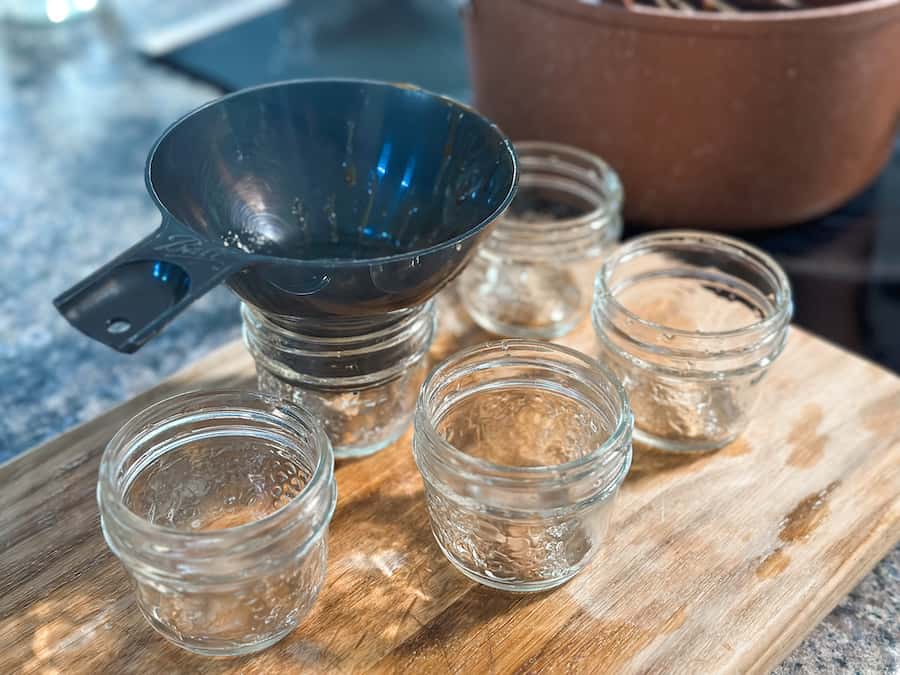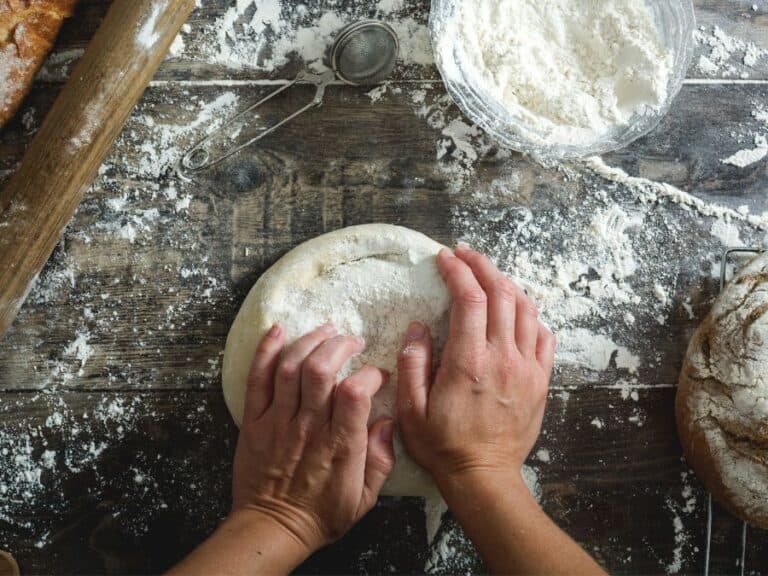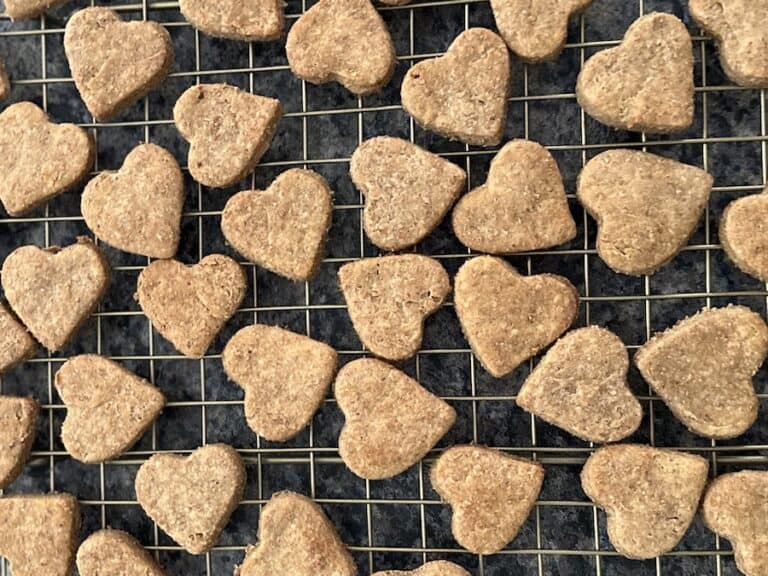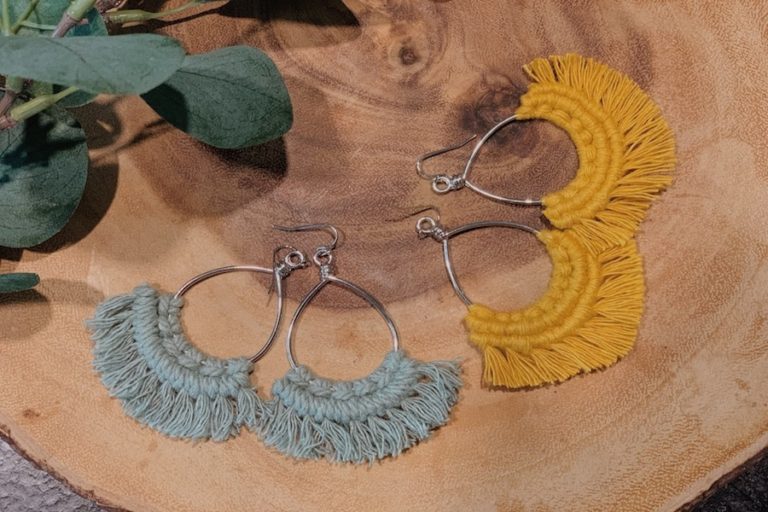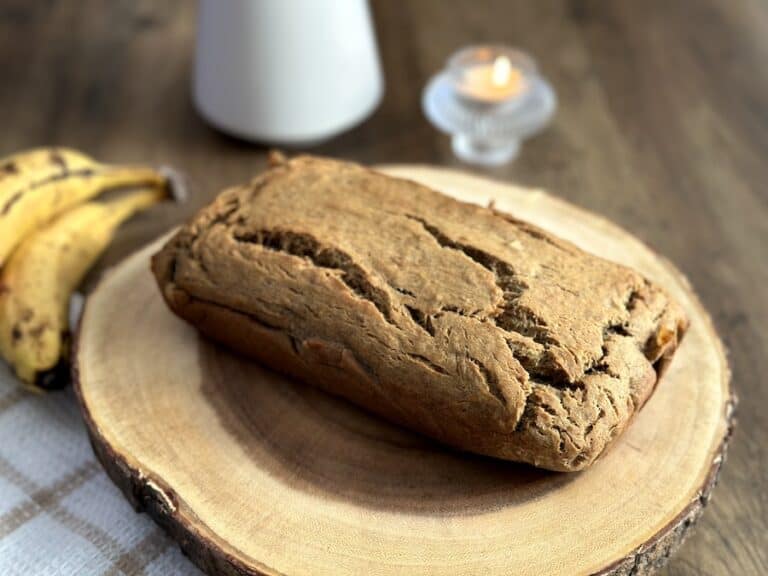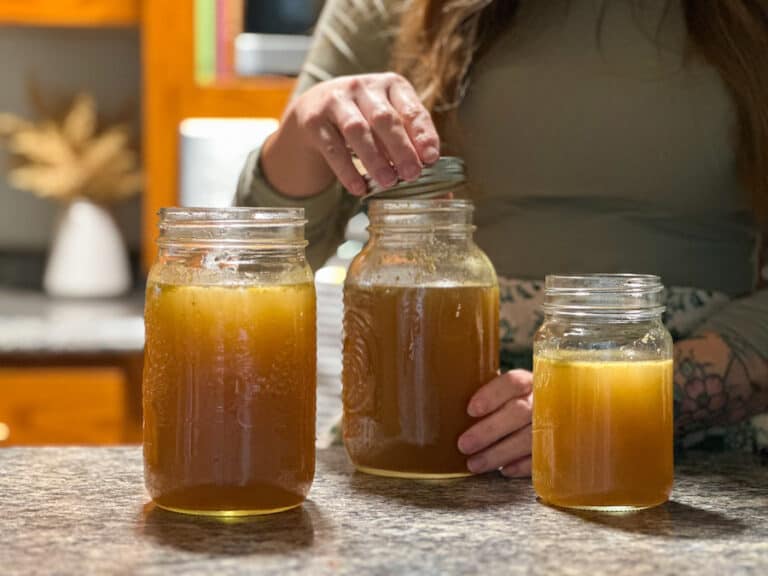How To Make Homemade Salted Caramel
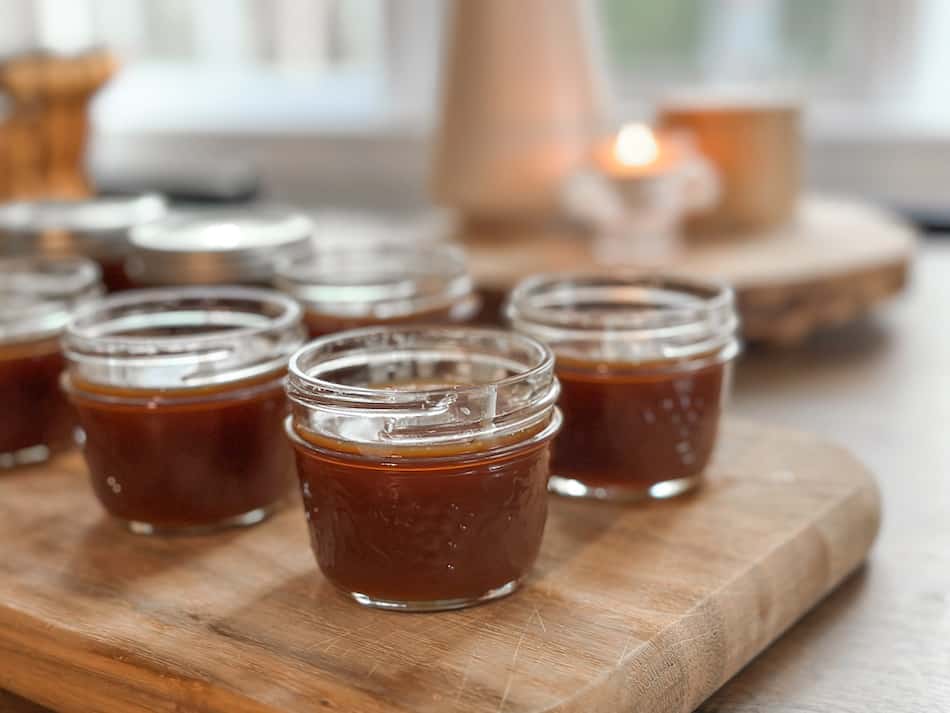
There’s something special about the sweet and rich taste of salted caramel that can transform any dessert. While store-bought versions are readily available, there’s a special joy in making your own homemade salted caramel. In this article, we’ll take you through the art of caramel-making, providing you with baking tips and tricks along the way.
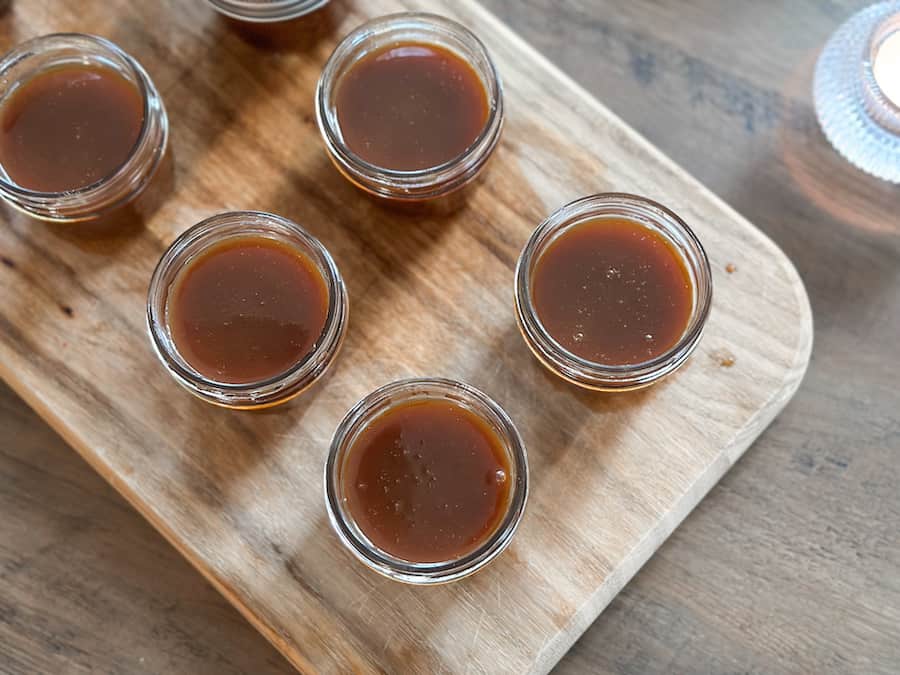
Disclaimer: This article includes affiliate links. If you click one of them, we may receive a small percentage of the sale at no extra cost to you. Thank you for your support!
Why Homemade Salted Caramel?
Not only is making homemade salted caramel a rewarding and fun cooking experience, but it is actually easier than you think to make!
Experimenting with flavour combinations and sweetness intensities is a big advantage of making salted caramel from scratch. You can infuse your caramel with various extracts, such as almond or coconut, or explore the richness of dark chocolate by adding cocoa powder. The possibilities are endless, allowing you to create a wide array of caramel variations to suit different desserts and occasions.
How To Make Homemade Salted Caramel
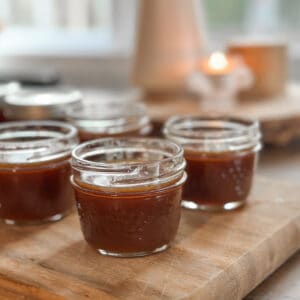
Homemade Salted Caramel Sauce
Ingredients
- 2 cups granulated sugar
- 12 tablespoons unsalted butter
- 1 cup heavy cream or whipping cream
- 1 teaspoon salt see notes
Instructions
- Using a medium sized non-stick pot, heat sugar over medium high heat. Stir often with a wooden spoon.
- Soon, you'll start to see your sugar begin to clump together. This is normal and supposed to happen!
- After clumping, the sugar will begin to solve and turn into a liquid. At this step, you'll want to switch to a whisk.
- Once all the sugar turns into a liquid, it's time to add in the butter. The mixture will begin to bubble and splatter, be careful.
- After the butter is melted, carefully add in the cream. It is important to be careful as the cream might start to splatter as it is a cooler temperature than the sugar butter mixture. Stir everything together and let it boil for 2 to 3 minutes.
- Remove the pot from the heat and stir in the salt, adding in a little bit at a time. Let the caramel cool before adding it to storage jars.
- Allow your salted caramel to cool for a few minutes before transferring it to a glass jar or heatproof container. Once cooled, you can refrigerate or freeze it for longer storage. Warm up the caramel slightly before serving and enjoy!
Notes
- Depending on the type of salt you use, it may change the taste of this recipe. If you are using sea salt or table salt start by adding a small amount at a time and taste the caramel before adding in any more.
- Feel free to add more or less salt, depending on your taste preference. You should start by adding a little at a time and build from there. You can always add more salt, but adding too much might ruin it. Happy baking!
Step-By-Step Homemade Salted Caramel (with Photos)
Step 1: Set up
Get all your ingredients together and prepped. This will help you with timing your caramel and ensuring the sugar does not accidentally burn.
To start making caramel, use a clean, heavy-bottomed pot. Tip: Using a light-coloured pan can help monitor the colour changes in the caramel easily; however, it is not a necessity if you do not have one.

Step 2: Add & Melt The Sugar
Place the granulated sugar evenly in the pot over medium heat. Stir occasionally. The sugar will start to begin to clump together and eventually dissolve into a liquid. Once the sugar starts to melt, gently stir with a heat-resistant spatula or wooden spoon.
Step 3: Getting the right Colour
Caramel undergoes a beautiful transformation from clear to amber. The key is to patiently wait for the sugar to caramelize. This process requires careful attention, as caramel can quickly go from golden to burnt. To learn more about the different hues of caramel, click here.
Step 4: Add The Butter
Once your sugar achieves a deep amber colour (or your desired colour), add in the butter, stirring continuously. The mixture will bubble vigorously, so be cautious.
Step 5: Add The Cream
Slowly pour the heavy cream (or whipping cream) into the pan, stirring continuously. Be careful during this step, as the mixture may splatter. Stir until smooth, and if you notice any sugar clumps, continue stirring until dissolved.

Step 6: Add In The Salt
Remove the pan from the heat and gradually add in the salt, adjusting it to your desired level of saltiness. Remember, salted caramel is all about balance; a little goes a long way. As mentioned in the notes, different salts can produce different intensities. If you are using sea salt or table salt, start by adding half of the desired amount, then slowly add in more, testing it as you go to ensure you get the perfect balance of salt and sweetness.
Step 7: Cool, Store and Enjoy!
Allow your homemade salted caramel to cool for a few minutes before transferring it to glass jars or heatproof containers. Once cooled, you can refrigerate it or place it in the freezer for longer storage. Warm it slightly before serving for the best consistency.
Understanding Caramel Colours
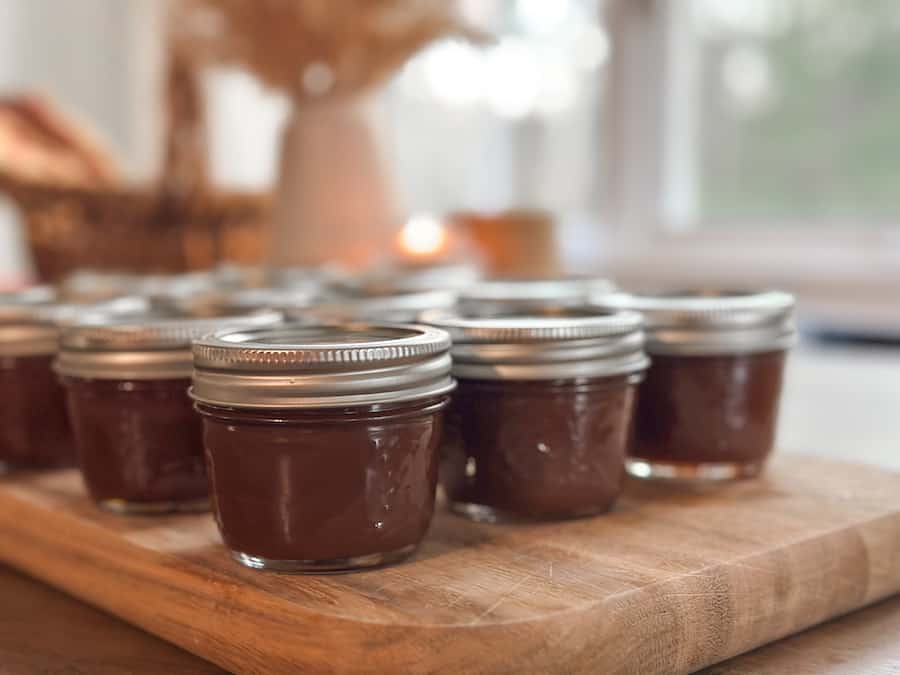
The beautiful amber hue of caramel is not just a visual delight but also an indicator of its flavour profile. The colour develops through the process of caramelization, where sugar undergoes a series of chemical reactions under heat, transforming from a crystalline state to a rich, golden liquid.
Factors Influencing Caramel Colour
There are many factors that contribute to the colour and flavour of homemade caramel. Don’t be afraid to experiment with temperatures, cooking times, and sugar varieties. Each change creates different profiles for your caramel, allowing you to tailor it to your specific taste preference.
Here are a few factors that influence the colour of homemade caramel:
Temperature
The primary driver of caramel colour is the temperature at which sugar is heated. As the sugar molecules break down, they undergo a Maillard reaction, producing a spectrum of flavours and colours. Higher temperatures result in a darker caramel with deeper, more complex notes.
To achieve a light amber colour, keep the temperature moderate, around 320°F (160°C). For a deeper, more robust caramel, set the temperature closer to 350°F (175°C), but be careful not to burn it.
Cooking Time
The longer sugar is exposed to heat, the darker the caramel becomes. Keep a watchful eye during the cooking process, adjusting the time based on the desired colour. Shorter cooking times produce a lighter caramel, while longer times lead to a more intense, dark caramel.
Tip: Stirring caramel at the beginning helps distribute heat evenly, but once the sugar starts to caramelize, stop stirring to prevent crystallization.
Type Of Sugar
The type of sugar also influences the colour of your caramel. White granulated sugar is the classic choice, resulting in a golden-brown hue. Experimenting with other sugars like brown sugar or even coconut sugar introduces unique flavours and can produce darker colours.
Achieving Different Coloured Caramel
Light Caramel
To achieve a light caramel colour, start with a clean, light-coloured saucepan. Use medium heat and closely monitor the sugar as it melts. Keep the temperature moderate, and remove the pan from heat as soon as you achieve a pale amber hue. This gentle approach ensures a delicately sweet, golden caramel.
Medium Caramel
For a classic, medium-coloured caramel, maintain a steady medium-high heat. Allow the sugar to caramelize to a deeper amber, infusing your caramel with a balanced combination of sweetness and complexity. This versatile medium caramel is perfect for a wide range of desserts, from drizzling over pancakes to incorporating into cakes.
Dark Caramel
If you want a more intense, bittersweet flavour, try dark caramel. To make this, allow the sugar to reach a deeper, almost mahogany colour before adding in the butter. This robust caramel is ideal for adding depth to chocolate desserts, enhancing the richness of ice creams, or creating a decadent sauce for savoury dishes.
Achieving a dark caramel requires a delicate balance. Too much heat can lead to burnt caramel, so pay close attention and adjust accordingly.

